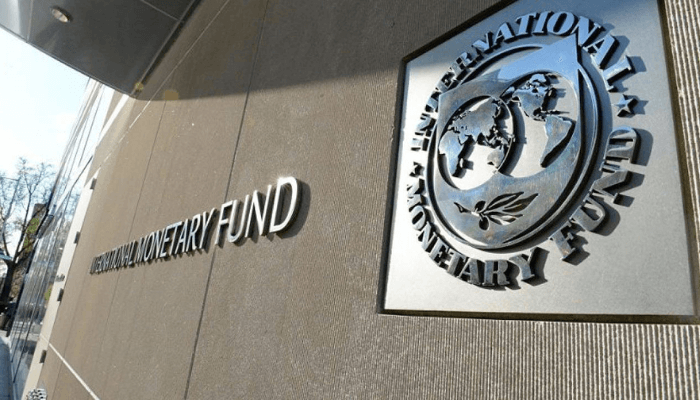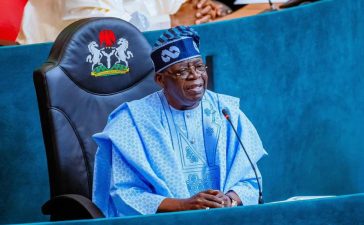Nigeria’s debt burden continues to grow, with recent data from the Debt Management Office (DMO) revealing a heavy reliance on both long-term and short-term domestic instruments, raising concerns about the country’s debt sustainability in 2025 and beyond.
As of December 2024, Nigeria’s total domestic debt reached alarming levels, with FGN bonds accounting for N55.44 trillion, nearly 75% of the total domestic debt stock. Other components include:
Nigerian Treasury Bills: N12.35 trillion
Other domestic instruments: N3.97 trillion
Promissory notes: N1.54 trillion
FGN Sukuk bonds: N992.56 billion
On the external front, Nigeria’s total foreign debt stands at $44.9 billion, with significant exposure to Eurobonds and multilateral lenders:
Eurobond holders: $17.32 billion
World Bank (IDA): $16.56 billion
Exim Bank of China: $5.06 billion
African Development Bank: $2.10 billion
World Bank (IBRD): $1.24 billion
While Nigeria has made progress in repaying its $3.4 billion COVID-19 loan to the IMF, the country still pays $30 million annually in Special Drawing Rights (SDR) through 2029 for service charges — a reminder of the ongoing costs tied to external financing.
Experts warn that currency depreciation, with the naira now trading at around N1,550/$1, has significantly increased the naira-equivalent cost of servicing external debt. Coupled with persistent budget deficits and the need to roll over short-term securities, the current trajectory is considered unsustainable without urgent fiscal reforms.
“While repaying the IMF loan is commendable, Nigeria must go further by expanding non-oil revenue sources, cutting recurrent expenditure, and strengthening debt management practices,” said one economic analyst.
The country’s exposure to commercial debt markets, especially through Eurobonds, increases its vulnerability to global interest rate fluctuations and refinancing risks. As maturity dates approach, Nigeria could face greater fiscal pressure unless proactive measures are taken.
Debt, analysts agree, can support growth — but only if managed prudently and used to finance investments that generate long-term economic returns.







